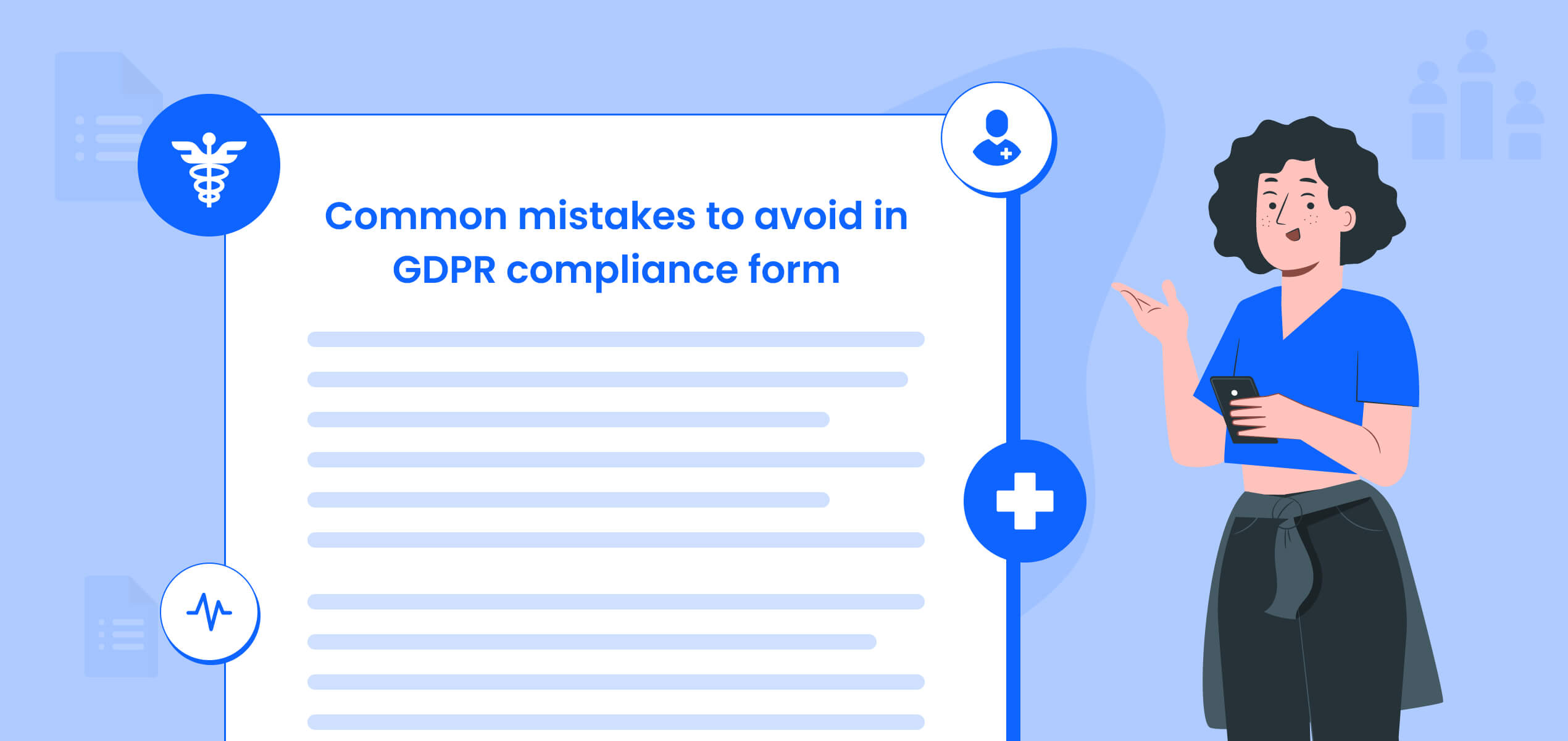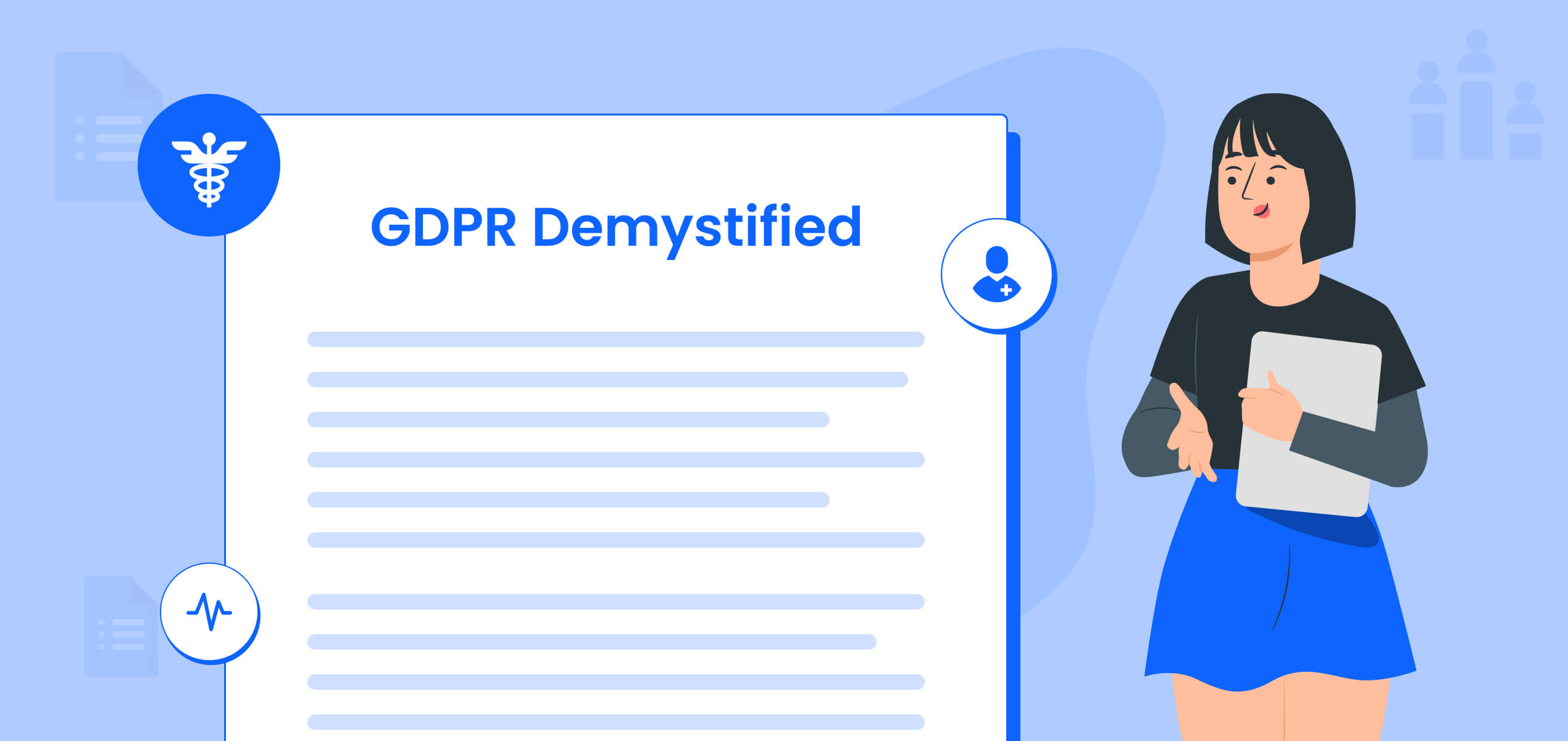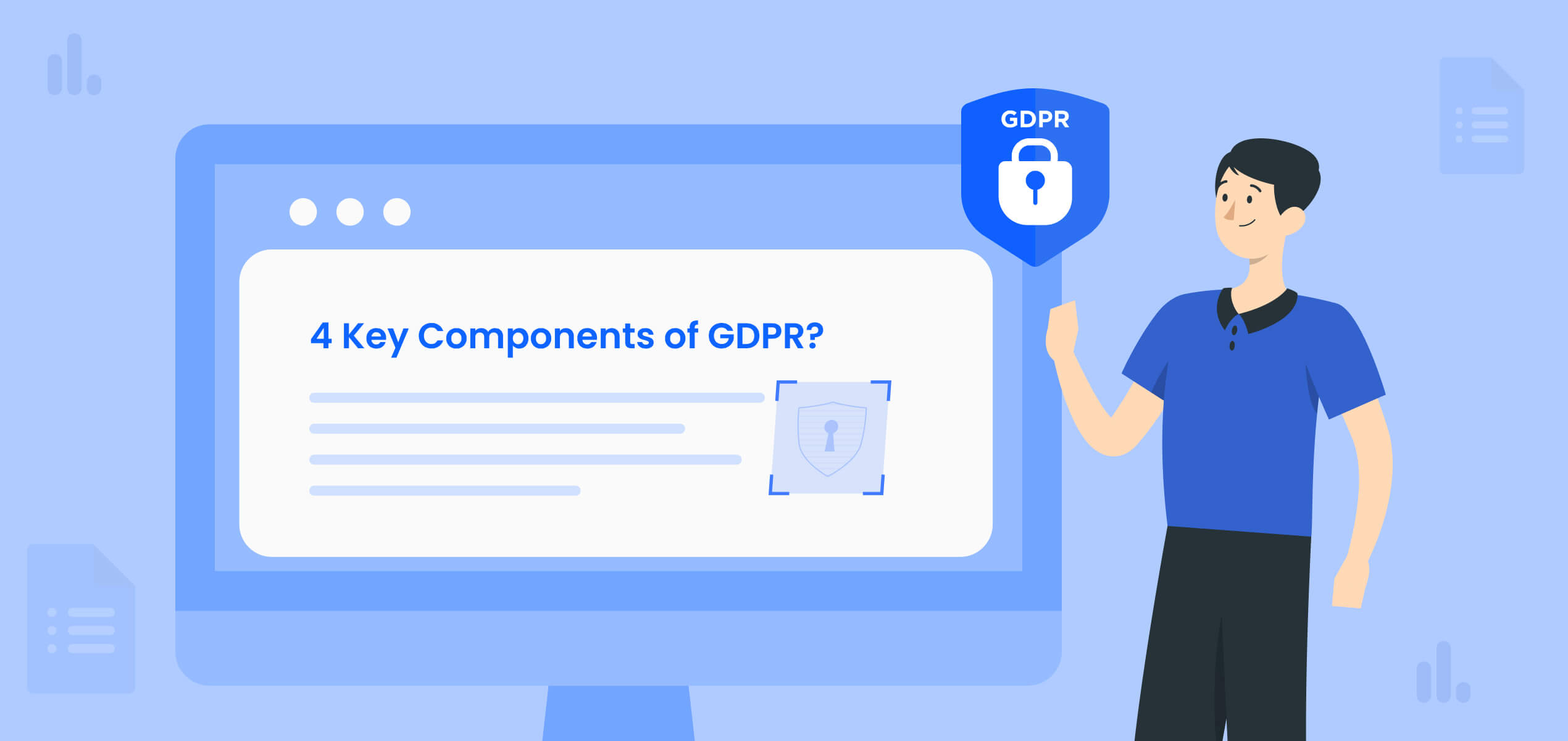Ensuring GDPR compliance for your forms is critical to protecting your business from potential fines and safeguarding user data.
The General Data Protection Regulation (GDPR), a standard that protects data of EU citizens, establishes stringent rules for data collection, storage, and usage, and non-compliance can result in hefty penalties and reputational damage.
Despite the importance of compliance, many businesses inadvertently make mistakes in their GDPR compliance forms. If you are collecting data from EU citizens, this cheatsheet is for you.
Why GDPR Compliance Matters
The General Data Protection Regulation is designed to give individuals greater control over their personal data. It applies to any organization that processes the data of EU citizens, regardless of the organization’s location. Non-compliance can lead to fines of up to €20 million or 4% of global annual revenue, whichever is higher.
Apart from fines and legal risks, GDPR compliance also shows your customers that you are compliant and handling their data responsibly.
Common Mistakes in GDPR Compliance Forms
Even with the best intentions, businesses are capable of making mistakes when designing their GDPR forms. Here are the most common pitfalls and how to avoid them:
1. Lack of Clear Consent Options
One of the most fundamental aspects of GDPR is obtaining explicit consent from users. Many forms fail to provide clear, unambiguous consent options.
| Mistakes to Avoid with Consent in GDPR forms | How to Fix It |
|---|---|
| Using pre-ticked checkboxes | Use unchecked boxes for consent fields |
| Bundling consent for multiple purposes into one checkbox | Offer separate checkboxes for different purposes (e.g., marketing emails, product updates) |
| Failing to explain what users are consenting to | Clearly describe the purpose of each consent request in plain language |
2. Over-Collecting Data
Data minimization is a core principle of the General Data Protection Regulation. Collecting excessive information increases your compliance risks.
| Mistakes to Avoid when collecting data in GDPR forms | How to Fix It |
|---|---|
| Asking for unnecessary personal details | Limit your form fields to essential data only |
| Including fields that aren’t directly relevant to the form’s purpose | Regularly audit your forms to ensure they comply with data minimization principles |
3. Failing to Provide a Privacy Notice
A privacy notice is a legal requirement for any GDPR compliance form. It informs users about how their data will be used and their rights under GDPR.
| Mistakes to Avoid with Privacy Notices in GDPR forms | How to Fix It |
|---|---|
| Omitting a link to your privacy notice. | Include a prominent link to your privacy policy on every form. |
| Using vague or overly technical language in the notice. | Ensure the privacy notice is written in clear, understandable terms. |
4. Ignoring the Right to Access and Deletion
Under GDPR, users have the right to access their data and request its deletion. Ignoring these rights can result in non-compliance.
| Mistakes to Avoid Regarding Data Access in GDPR forms | How to Fix It |
|---|---|
| Not informing users of their rights. | Clearly explain user rights in your privacy notice. |
| Failing to provide a mechanism for data access or deletion requests. | Implement processes for handling access and deletion requests efficiently. |
5. Using Non-Secure Forms
Data security is a cornerstone of GDPR. Breaches resulting from insecure forms can lead to significant fines and reputational damage.
| Mistakes to Avoid in Form Security under GDPR | How to Fix It |
|---|---|
| Using forms that lack encryption. | Use HTTPS to encrypt data transmission. |
| Storing collected data in insecure locations. | Store data securely and restrict access to authorized personnel. |
| Regularly update your security measures to address vulnerabilities. |
Steps to Ensure GDPR-Compliant Forms
If you’ve found any mistakes in your GDPR forms, we urge you to fix them immediately. And to ensure that you do not make these mistakes again, bookmark these best practices when creating your GDPR compliant forms:
1. Simplify Consent Mechanisms
Make it easy for users to understand what they’re consenting to.
- Use plain language to explain each consent option.
- Offer granular choices for different data uses.
2. Minimize Data Collection
Audit your forms to ensure they only collect what is absolutely necessary. For example:
- Replace free-text fields with dropdowns or checkboxes.
- Avoid requesting sensitive information unless essential.
3. Incorporate a Privacy Policy
A comprehensive privacy policy builds trust and ensures compliance.
- Include details about what data you collect, how it’s used, and who it’s shared with.
- Provide contact information for your Data Protection Officer (DPO) or compliance team.
4. Ensure Secure Data Transmission
Use secure platforms and protocols to protect user data.
- Opt for tools with built-in GDPR compliance features, such as encryption and secure storage.
- Regularly review your data handling processes for vulnerabilities.
5. Test and Update Regularly
Compliance isn’t a one-time task. Periodically test your forms and update them as needed to align with evolving regulations.
Tools to Help with GDPR Compliance
If all of this sounds too complicated to manage, then you do actually have one simple solution. A GDPR compliant form builder. These are form tools that are already compliant under the GDPR standard, have lots of templates to choose from, integrate with any of your existing tools, and have their security in place too.
Form Builders like MakeForms fit the bill perfectly. It offers GDPR-friendly features, including secure data collection and consent fields, it already has templates designed specifically for GDPR compliance, and integrates with sales and marketing workflows as well!
Collecting Data Under GDPR? Do It Right
We hope this cheatsheet to avoid common mistakes in your GDPR compliance forms has helped you protect your user data, keep fines and legal issues at bay, and maintain trust among your stakeholders.
Don’t forget to take proactive steps today to create secure and transparent GDPR forms that protect your business and its reputation.
FAQs
GDPR compliance for forms ensures that personal data collected from users in the EU is handled according to the General Data Protection Regulation, protecting user privacy and data security.
GDPR compliance protects businesses from heavy fines and legal penalties while building trust with customers by ensuring their data is managed responsibly.
Common mistakes include using pre-ticked checkboxes, over-collecting data, failing to provide a privacy notice, ignoring user rights, and using non-secure forms.
To avoid mistakes, use unchecked boxes for consent, limit data collection to essentials, provide clear privacy notices, inform users of their rights, and use secure forms with encryption. For a more strict check on your GDPR compliant forms, choose a form builder that is already GDPR compliant. It will make your life a whole lot easier! Have a look at MakeForm right here.




